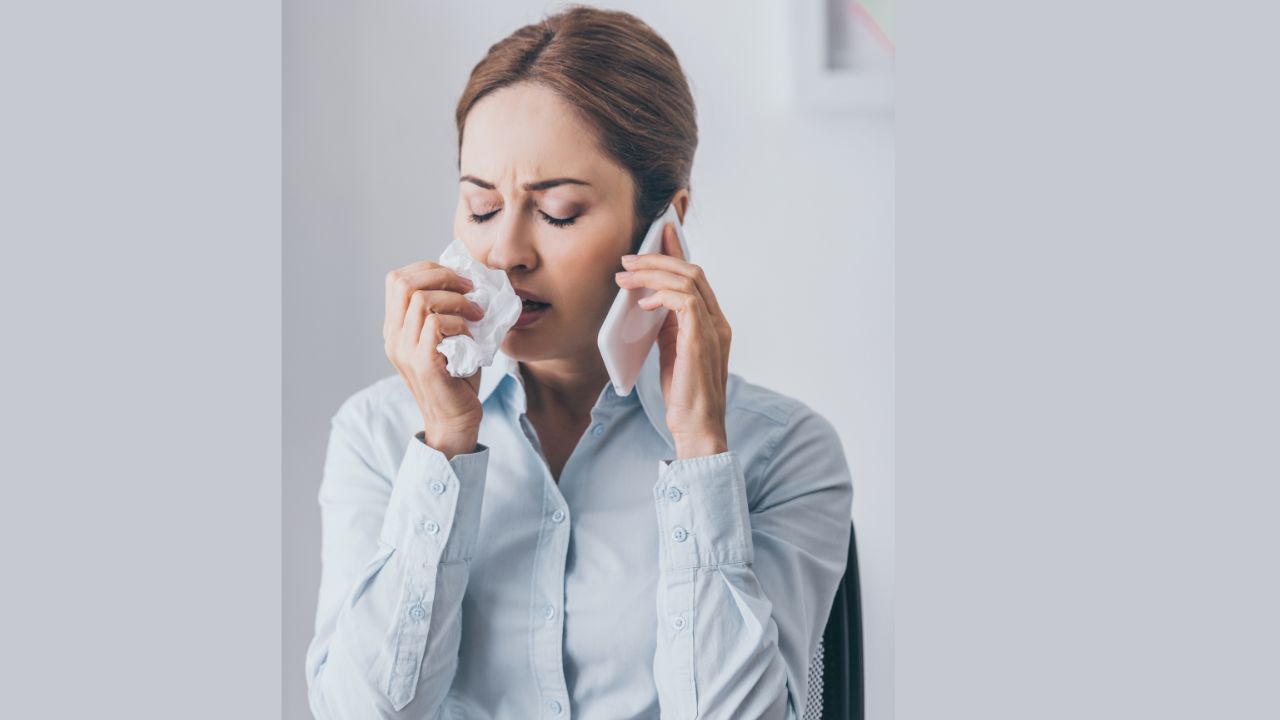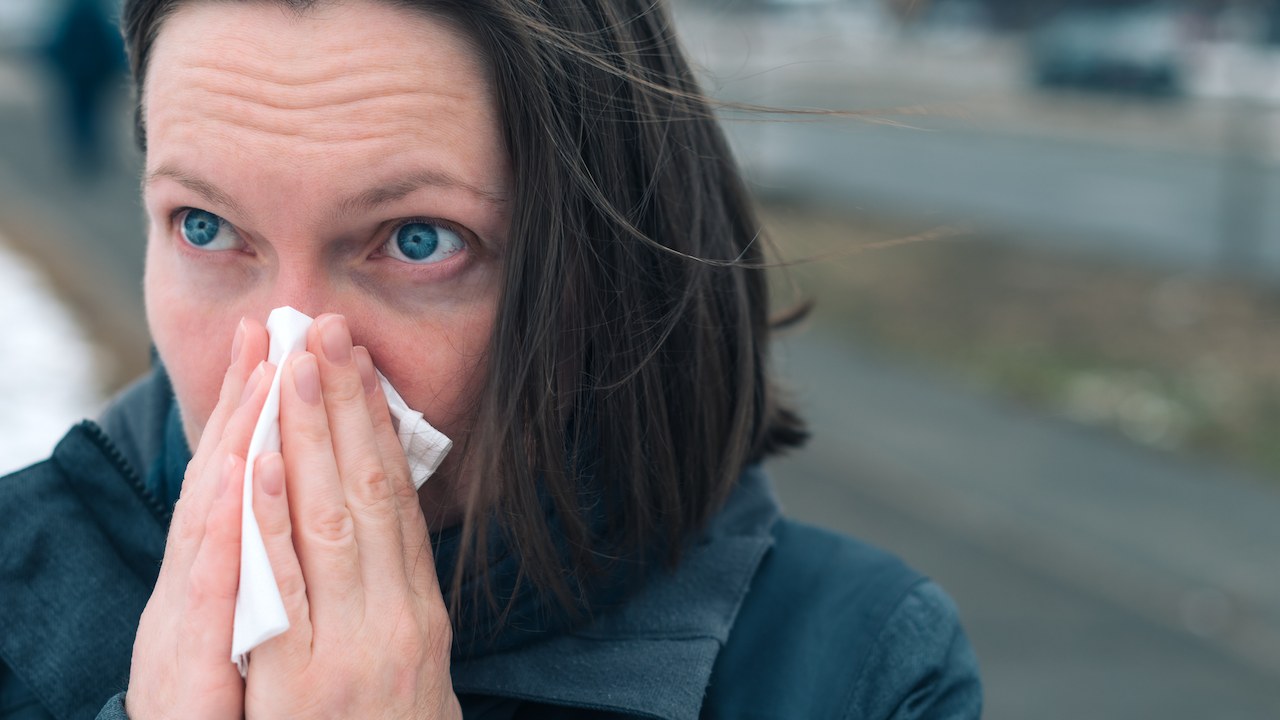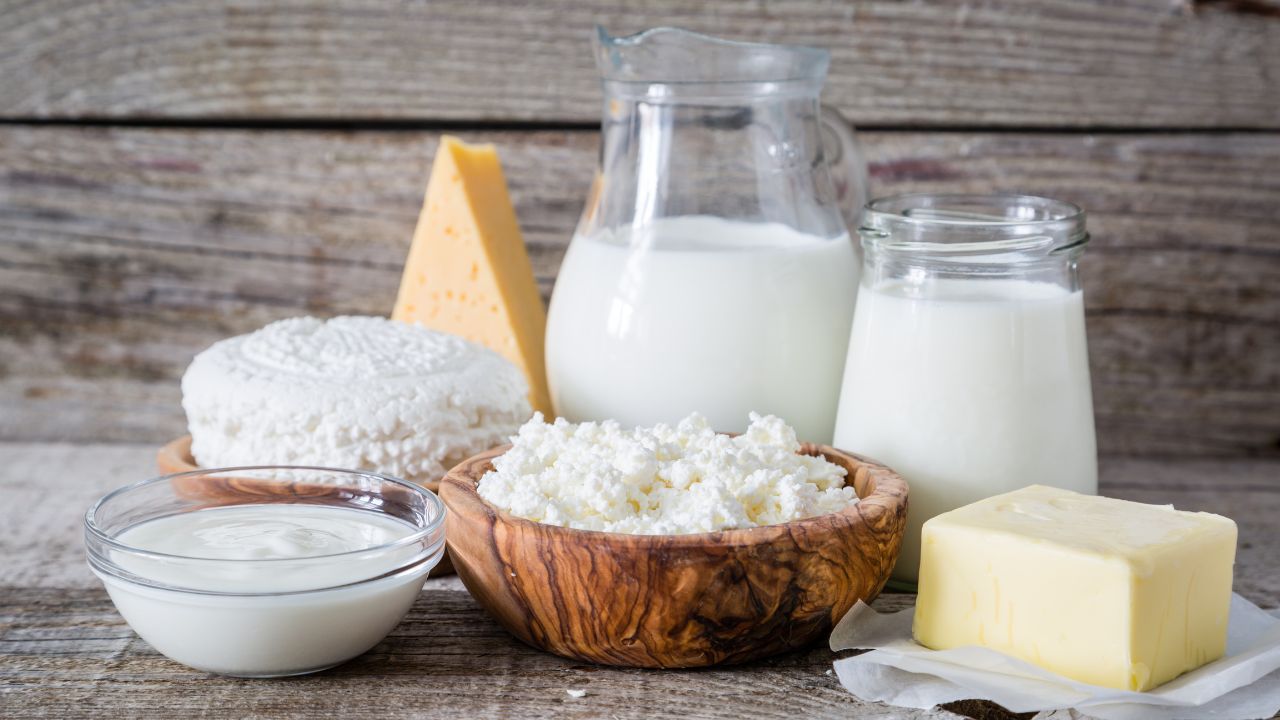Unfortunately many people will be exposed to viruses throughout life, especially during peak season. Two of the most common ones to catch are the cold and the flu. Both can range in severity and duration, with a cold being the more common virus. People often confuse the two viruses and there are many myths floating around that simply aren’t true. Here’s a look at 12 myths about the cold and flu.
Myth #1 The Cold and Flu Are the Same Thing

People often lump cold and flu together, using the terms interchangeably. The belief that they are the same is false. While both are classified as respiratory illnesses, the virus that causes each one is different. A cold can be caused by several different types of viruses, many of which are seasonal. Meanwhile, the flu is caused by influenza.
Myth #2 Don’t Worry About Eating When You Have a Fever

Perhaps you’ve heard the old saying “feed a cold, starve a fever”, and tend to use that as medical advice. The fact is that you don’t have to starve either. Just because you have a fever doesn’t mean your appetite disappears. Furthermore, to fight the virus your body needs to be healthy and have energy, which nutritious food will provide. Although many people have a reduced appetite while struggling with the cold or flu, it’s important to eat small amounts throughout the day to keep the body nourished.
Myth #3 Boosting Vitamin C Intake Will Help You Recover Fast from a Cold

When you’re sick with a cold, it’s natural to try remedies that may speed up the recovery. People often boost their vitamin C intake, believing it will help fight germs. While it’s true that Vitamin C can help, research shows that the effects will be minimal. It doesn’t hurt, but it’s also not a miracle cure.
Myth #4 You Can’t Have a Cold and Flu at the Same Time

Having one is frustrating enough, so it’s great to assume you won’t have both at the same time. Unfortunately, this isn’t the case. Because a cold and flu are caused by two different viruses, there is a slim chance you can have both at once. The good news is that it’s not very common.
Myth #5 Chicken Soup Is the Best “Medicine”

There is something wonderfully comforting about a pot of homemade chicken soup. It warms you up on a cold day, it tastes delicious, and there are definite health benefits. However, calling it a “cure” is taking it a bit too far. Chicken soup can do a great job keeping you hydrated, especially if you don’t have much of an appetite. But it won’t get rid of a cold any faster.
Myth #6 You Can Catch a Cold If You Go Outside with Wet Hair in the Cold

Being exposed to cold temperatures with wet hair will make you more susceptible to catching a cold is another old belief or an “old wives tale.” No facts support this, as a cold can only be caught by exposure to the virus. However, viruses are more common during the colder months, so catching a cold “outside with wet hair” may just be coincidental since it is peak virus season.
Myth #7 The Flu Vaccine Will Protect You from Getting a Cold

The flu vaccine is usually available in the fall season. While it can help prevent the flu or, at the very least, help you fight it faster should you catch it, the vaccine does not offer protection against a cold. No vaccine can protect you from catching a viral cold.
Myth #8 Getting the Flu Vaccine Gives You the Virus

Many people falsely believe that a live flu virus is in the vaccine and sent into their bodies once they receive the shot. While it’s normal to experience a little pain, tenderness, and swelling where the vaccine was given, that isn’t the flu. One side effect of the vaccine is a low fever, but it isn’t the flu. Even the nasal flu vaccine, a particular type of live vaccine, doesn’t give you the flu.
Myth #9 Healthy People Don’t Need to Get the Flu Vaccine

If you’ve always skipped the flu vaccine because you are generally healthy, you should rethink this. Being healthy doesn’t protect you from the flu. People tend to think of the flu as a minor inconvenience. However, it can become severe, resulting in hospitalization and even be fatal. The elderly and young children are typically at the highest risk regarding the severity of the flu. For this reason, the flu shot is even more critical for those age groups. The good news about the flu shot is that it lasts longer than the traditional flu season, so you’ll receive good coverage.
Myth #10 Using Cold and Cough Medicine Will Speed Up Recovery from Your Cold

The cough and cold medicine market is massive, with consumers regularly stocking up on these items, hoping to feel better. Although the medications can help make you more comfortable and tolerate the virus, they aren’t a cure. The virus will have to run its course, so if the medications that offer temporary relief aren’t working, then it’s better to save your money.
Myth #11 Consuming Dairy While You Have a Cold Will Worsen Symptoms

If you avoid dairy products when you have a cold, thinking it will worsen your symptoms, there is no need to worry. When you have a cold, the amount of mucus you have increases, which is needed to help clear the virus from your body. Dairy is often blamed for the thickened mucus in the throat and mouth, which is a natural defense against the virus.
Myth #12 You Can Get a Prescription to Cure a Cold

Making an appointment with your doctor, or visiting a clinic to get a prescription for a cold will be a waste of time. There are no antibiotics available that will cure your cold. Colds are viruses and antibiotics are designed to destroy bacteria, not a viral infection. Unfortunately the best “medicine” is time, rest, and a healthy balanced diet.
Read More: The Most Common Health Problems That Sneak Up on You After Age 50

Getting older is a wonderful thing in that you have more years to enjoy, make memories, and surround yourself with family and friends. But getting older doesn’t come without a set of downfalls too, as several health problems can sneak up on you after age 50.
While not every health problem can be avoided, knowing what to watch for can help with early detection and getting medical attention when needed. Here are 15 of the most common health problems that can sneak up on you after the age of 50.
The Most Common Health Problems That Sneak Up on You After Age 50
Dry January and Beyond: 12 Reasons to Quit Drinking

In a world where alcohol often permeates social gatherings and daily life, the decision to embrace sobriety is gaining traction. Beyond the common reasons such as personal growth, societal shifts, and observing ‘Dry January’ to mark the end of the holidays and excessive drinking, individuals choosing to give up alcohol are discovering a myriad of health benefits that extend far beyond the physical realm. From enhanced mental clarity to improved immune function, the advantages of choosing sobriety are diverse and impactful.
Dry January and Beyond: 12 Reasons to Quit Drinking
Dolce Far Niente: 12 Ways to Adopt the Italian Lifestyle and the Art of Doing Nothing

While there is no shortage of information, tips, and tools on how to be the most productive with your time, that’s not always the best way of thinking or living. Sure, when it comes to work you want and need to be productive, but what about your downtime? Are you cheating yourself out of a much-needed rest period? Here’s a better question, with today’s busy lifestyle is it possible for Americans to adopt the Italian art of “doing nothing” or dolce far niente?
Here are the best ways you can embrace the art of doing nothing and make it a staple in your lifestyle.
Dolce Far Niente: 12 Ways to Adopt the Italian Lifestyle and the Art of Doing Nothing
